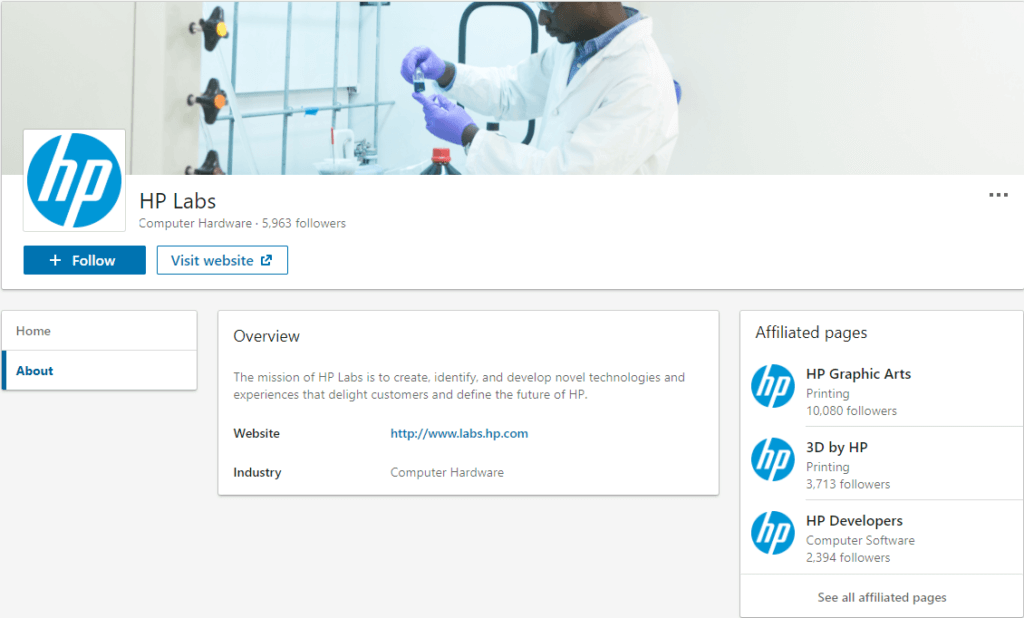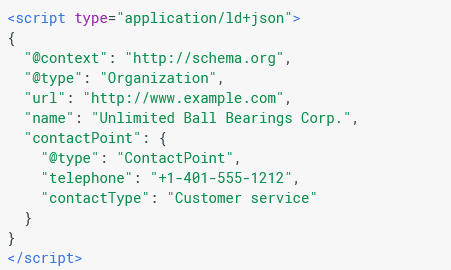Account Based Marketing Overview
The age-old conversion funnel has stood the test of time, with minor tweaks along the way. Although this funnel has proven successful, Account-Based Marketing (more simply referred to as ABM marketing) can help provide new ways to drive ROI for B2B businesses. With the advent of new technologies, there is no better time to include ABM as a strategy to increase sales and revenue.
ABM is a style of marketing where a company’s most important clients are carefully identified and the silos of sales and marketing are knocked down to create unique solutions for a client’s business needs.
Types of Account Based Marketing
ABM can be broken down into three distinct subsets: Strategic, Lite, and Programmatic. While traditional ABM (Strategic) has been the usual suspect, new technologies have enabled different types of strategic ABM to emerge.
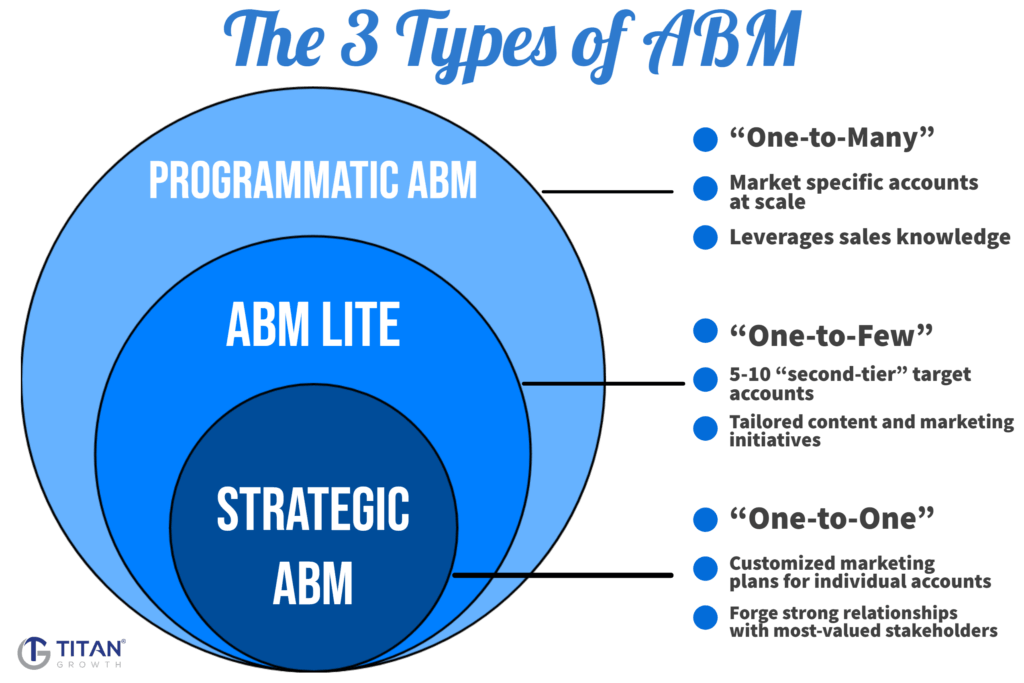
Strategic ABM (One-to-One)
Strategic ABM is what is typically thought of as the more “traditional” route of account-based marketing. The goal is to create highly tailored ABM marketing campaigns that are hyper-focused on individual target accounts. With Strategic ABM, your investment per account and lead is generally larger than other styles of ABM, yet it often offers the best return on investment (see our video brochure example later on in this article). In this model, the key to success lies in a synergized plan of attack between sales and marketing:
- Highly-customized marketing plans for individual accounts utilizing the knowledge and insights from sales teams.
- Forge strong relationships with your target account’s most-valued stakeholders and gatekeepers.
- Highly-targeted marketing interactions that understand your target account’s business issues.
ABM Lite (One-to-Few)
ABM Lite takes the principals of Strategic ABM, but waters it down a bit. With ABM Lite, you identify target accounts that are considered “second-tier” and group them together with similar accounts. Success with ABM Lite centers on working collaboratively with the sales team to determine:
- Which accounts to target and group together
- How to tailor content and marketing initiatives to target account groups
- What pain points are experienced by the target account groups
Programmatic ABM (One-to-Many)
Programmatic ABM has emerged thanks to the advent of new technologies and capabilities available to digital marketers. In Programmatic ABM, marketing works with sales to identify a multitude of accounts (into the hundreds or thousands) and finds unique ways to market at scale. Heavy analysis into analytics and audience targeting is necessary but can be accomplished by a small team.
- Leveraging technology to personalize marketing campaigns to specific, named accounts at scale.
- Working with sales to target specific segments
- Horizontal markets
- Vertical markets
- Other groups of named accounts selected from an overall market
Benefits of Account Based Marketing:
Drives ROI
According to new research conducted by the ABM Leadership Alliance, 77% of marketers believe ABM has driven greater success for their target accounts than any other marketing or sales initiative. With ABM, by specifically targeting accounts, you can precisely target spend. This targeting can drive ROI by reducing wasteful spending.
Aligns Sales and Marketing
Sales and marketing have remained largely independent entities relative to one another. The void left between the two has resulted in an untapped opportunity where highly-tailored campaigns can result in high ROI sales. Synergizing the two departments also benefits the company as a whole. As the great Henry Ford said, “Coming together is a beginning, staying together is progress, and working together is success .”
Forges Deep Client Relationships
Ask any businessperson and they will tell you that the key to success is relationship building. It’s no secret that the more your client likes you, the more they are willing to overlook small hiccups and retain you as a partner or vendor. ABM centers around the idea of treating an individual company as a market of its own. Reaching out to more touch points within the company is essential in this model of marketing. By talking to more people within the company, you are forging deep client relationships that will pay dividends throughout your campaign and engagement.
Efficiency
With ABM, you are shortening the sales cycle by falling farther down the traditional marketing funnel. With key accounts in mind, you can hasten the sales process and close deals faster. This can ease the burden of time and budgeting for both marketing and sales. For most companies, highly targeted and personalized selling has proven to be successful in increasing conversions and shortening close times.
Uniqueness
The point of marketing is to stand out! What better way to stand out than intimately understanding your target account’s pain points, goals, and business strategies? Show that target account that you are different from the masses.
Steps to ABM Success
Define and Identify Your Target Accounts and Ideal Customer Persona
This stage is where your sales team really flexes their muscles. Business intelligence plays a key role in the initial stage of an ABM campaign, and honing in on your Ideal Customer Persona (ICP) can pay big dividends. Below are just a few things to keep in mind when defining your ICP:
- Who are your most successful clients?
- What product or service do they most often purchase?
- What industries are your bread and butter?
- What is your Ideal customer’s company size?
- What is your Ideal customer’s revenue?
- What technologies does your ideal customer use?
- What Industry is your ideal customer in?
- Where geographically is your ideal customer located?
- Who at your ideal customer makes the purchase decisions?
- Who at your ideal customer influences the decision maker?
Pro Tip: Technology like Everstring.com can help you identify your ideal customer using firmographic and technographic data, personalized signals, purchase intent, and artificial intelligence. Having access to this data can help you properly segment and build different target lists. You can then utilize the techniques mentioned below to execute and start closing more deals!
Identify Stakeholders and Key Players
Look at your target company and determine its structure. Can you identify who the decision makers are? In your experience with past clients, which position(s) generally make the decisions (CMO, CEO, VP, Marketing Manager)? By mapping out the key stakeholders in an account, you can determine the best channels and content to market.
Personalize Content and Messaging
Marketing to the CEO versus the CMO can be a completely different ballgame. The CEO may feel better connected to content documenting top-level success metrics while the CMO is more concerned about the specific marketing strategy. Knowing exactly what to market, as well as who will be receiving the information, is a crucial component to a fruitful campaign.
Execute Campaigns on Target Channels
Once you have identified the key stakeholders and the customized content to be disseminated, the next step is determining the best marketing channels to attack. There are a multitude of channels that can be utilized (highlighted below), but much like determining the custom content and messaging, channels can say a lot about your company. Are custom email sequences the right fit? Will custom mailers be unique and connect with your audience? Will a good old-fashioned phone call go a long way? There are a lot of considerations to be made when identifying the right channel, but keep in mind, a multi-channel approach can be effective as well.
Learn, Learn, Learn!
Not all campaigns are successful. If closing rates were 100%, innovation would go nowhere. There is a silver lining with every unsuccessful ABM campaign: lessons learned. Smoothing out bumps in the sales process or identifying channels, stakeholders, or content that was ineffective can pay dividends on future campaigns. The same goes for successful ABM campaigns too! Perfection is a myth and points of progress can always be found even in the most seamless of marketing operations.
Account Based Marketing Tools and Tactics
You’re probably thinking to yourself, “this is great, but where do I even begin? What tools can I utilize and what tactics have proven to be successful in ABM campaigns?” We’re glad you asked. With the advent of new and more advanced technologies, there is no better time to start with account-based marketing.
Bing Ads
Bing Ads has really stepped up its game and has become a premier platform for account-based marketing campaigns. One of the most lucrative ways to leverage Bing Ads is through their access to LinkedIn audience data. The unique thing about Bing Ads is that you can engage the three types of ABM (Strategic, Lite, and Programmatic) to take a blended approach to your campaigns, especially considering the amazing insights their in-market audience data can reveal.
Bing Ads In-Market Audiences
Bing Ads makes targeted search campaigns almost too easy. With data leveraged from LinkedIn, advertisers can now directly target an individual’s industry, job function, and/or company. With these capabilities, advertisers can utilize Bing Ads for highly targeted and customized campaigns along all three variations of ABM.
In-Market Audiences don’t stop there. Bing Ads curates lists of users who are ready to make a purchase in a specific category. This will help marketers put on their sales hats to identify new prospects within similar markets as their target accounts.
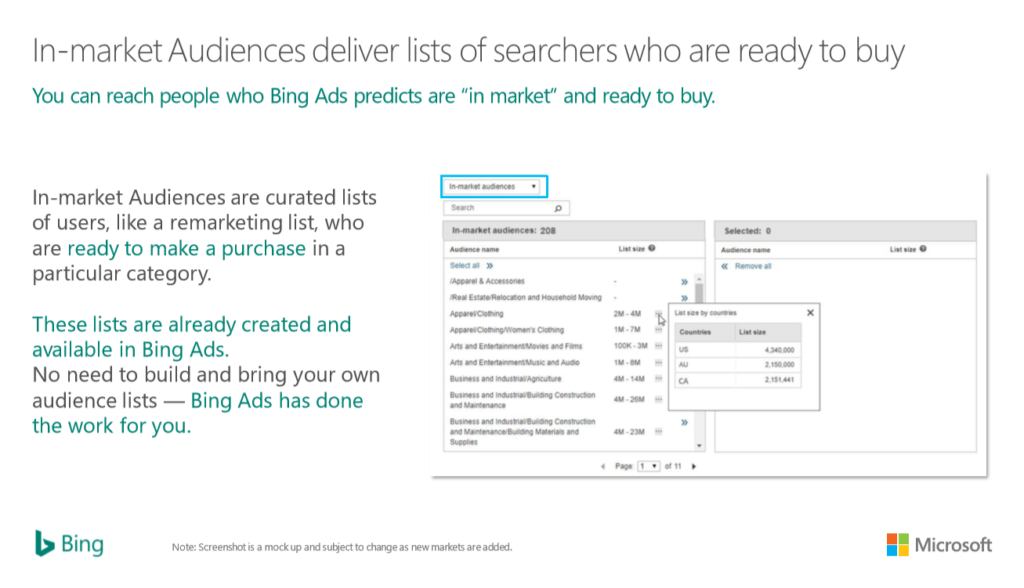
This curated list acts as a “remarketing list” that is delivered by Bing through predictive intelligence. By leveraging user data, they can identify users who have shown purchase intent signals within a particular category, including searches and clicks on Bing and pageviews on Microsoft services (including LinkedIn!).
In-market audiences are extremely robust and perfect for ABM account targeting. Bing is continually adding to this list, making it stronger and more targeted:
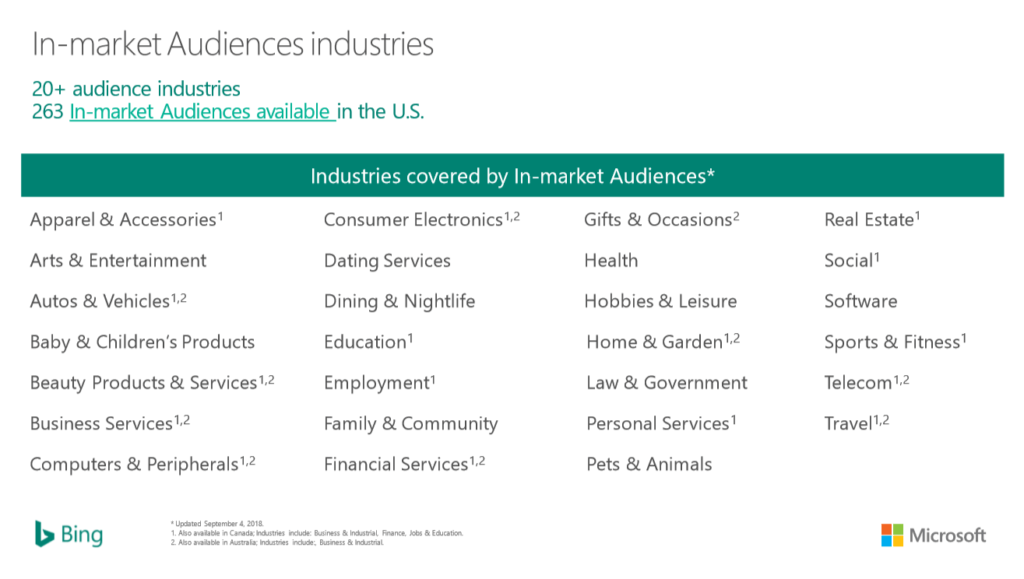
Bing Ads’ multipurpose platform takes a lot of the headaches out of ABM, thrusting your company into a better position to identify target accounts, key players, and reaping the benefits of account-based marketing campaigns.
ABM Using SEO
Search engine optimization (SEO) is a secret weapon when it comes to ABM. SEO is based on searcher intent, looking deeply into trends and themes to uncover what type of content is most relevant for a user or target audience. A successful SEO campaign revolves around the premise of providing searchers quality, relevant content based on their search behavior. This premise is similar to the goals of ABM: ABM should utilize data derived from a successful SEO campaign in order to help other marketing channels thrive. As a bonus, if you’re also engaged in a paid media, you have the benefit of tracking which keywords lead to more ICP engagement and conversions. You can use this data to help drive a sophisticated account-based marketing SEO strategy.
Direct Mail ABM
In this increasingly digitalized world, direct mail has become a diminishing marketing channel. Sure, it may be difficult to measure the success of a direct mail campaign, but the impact of a highly targeted account based marketing mail campaign can go a long way. By customizing marketing materials and sending those materials to your ICP, you can leverage direct mail to stand out from your competitors. This highly-targeted touch point can help build and engage important relationships with your identified accounts. Something as simple as a client-unique buyer’s guide or sliding in your business card with a handwritten note can go a long way in this digital age.
Video Brochure ABM
Video brochures allow your sales team to send a customized video or videos via a hand held video screen that you physically send to your ideal customer. Imagine receiving a package in the mail, and when you open it there is a tablet style screen that automatically starts playing your customized video message. The video monitor can be custom built into a package with your branding and messaging, and can be customized in size, color, and texture. Adding customized videos to each brochure takes seconds, and the “WOW” factor on these brochures cannot be described unless you’ve seen one for yourself. You can choose to create custom videos for high value prospects (Strategic ABM), or send a one size fits all video to groups of customers (ABM Lite). Video brochures can provide one of the highest conversion rates and an incredible ROI if done correctly.
Email ABM
When was the last time you audited your email campaigns or tailored drips to a select audience of users? If your email campaigns seem stale or haven’t yielded strong results, there is some good news for you. There are ways to segment users, customize content, and personalize the touch points you have with your target accounts to bring email to the forefront of your marketing arsenal. Put simply, if email isn’t currently your top performing channels for both “cold outreach” and “relationship nurturing” there may be a lot of potential with email ABM.
Email is a great opportunity to practice Programmatic ABM or ABM Lite. You can segment users by industry, job title, or company, create unique content experiences, and send out campaigns en masse.
Examples of Email ABM:
- Presidents and CEOs receive blogs and case studies displaying your company’s overall success.
- CMOs and Marketing Managers receive content that is more technically based, highlighting a the unique angle you take in your industry and how your business can affect their bottom-line.
- Cold prospects receive emails touting your advantages and ways you can help them.
Pro Tip: Software providers like Outreach.io offer robust platform solutions that help manage the day to day sending of emails. Outreach can also segment target groups into separate drips and sequence other touch points like phone calls and social touches.
Phone Call ABM
Sometimes, a good old-fashioned phone call can do the trick. With ABM, all contact with your target account is highly customized and well-planned. Gone are the days of cold calling and hoping for a bite. By infusing ABM with phone campaigns that target your ICP, you can better understand your target accounts, personalize your value, and detail the risk that an account takes by not utilizing your services.
Content Marketing ABM
Customizing your content is a key component to engaging a target account and nurturing the relationship within a successful ABM campaign. Utilizing SEO and Bing Ads data, you can identify what pieces of content engage users the most, how to tweak underperforming publications, and eventually tailor a customized marketing experience for your target account. All of these forms of content have the ability to be customized for any and all target audiences you identify:
- Blogs
- Whitepapers
- News Articles
- Emails
- Case Studies
- Testimonials
- Videos
LinkedIn ABM
LinkedIn Marketing is a great way to target your ICP. LinkedIn provides all kinds of targeting options that allow you to pay to show your ads to your ideal customer. LinkedIn for B2B lead generation and paid marketing options can be used to find your ideal customers. Tools like Sales Navigator give you access to filtering that will narrow down your network as well as the general LinkedIn population by things like company size, revenue, position, keywords, and even allows for Boolean searches. A properly trained team with access to LinkedIn Navigator can do wonders for any ABM strategy. That coupled with LinkedIn advertising can help to hyper accelerate your ABM strategy.
When Should You Start Using ABM?
The future of marketing is here, and its name is Account Based Marketing. With new technologies and strategies emerging on an almost daily basis, there is no better time for a B2B company to engage in ABM. You don’t need to try every tactic all at once, and you may want to consider hiring experts in the areas that you don’t have a lot of experience in. You also shouldn’t get too aggressive too quickly as you can run the risk of overloading your team’s ability to handle all the new business.
Would you like to learn more about how Titan Growth can help with your ABM needs? Feel free to drop us a line at 800-658-7511 or contact us by clicking here.

